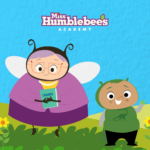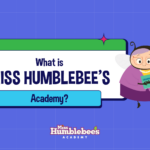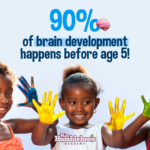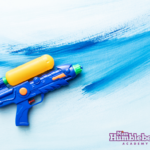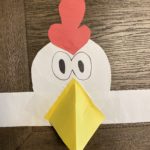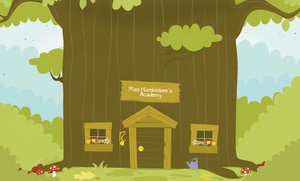 During a child’s first year of learning all of the basics for reading, writing and problem solving are addressed. Kindergarten curriculum is structured so that children build a solid foundation for all of their future learning. This is one of the most important times in a kid’s educational career.
During a child’s first year of learning all of the basics for reading, writing and problem solving are addressed. Kindergarten curriculum is structured so that children build a solid foundation for all of their future learning. This is one of the most important times in a kid’s educational career.
Letter recognition is one of the first skills that are developed. If a child has had exposure to letters and their sounds in preschool, he or she is apt to have a very easy time during the first several months of school given that these lessons will merely be a review. Most teachers, however, depending upon the demographics they are responsible for, will invariably start at the beginning of the alphabet, even if the majority of the class has had letter exposure. This is often important for those who have not been to preschool and for those who are learning English as a second language.
Each letter has its own sound and the recognition of this is the very beginning of reading. Kids will start learning the sounds for simple letter combinations and will even begin reading small words. They must learn that letters are used to create words and that words are used to create sentences.
Vocabulary is also expanded at this time. Listening to stories and reading stories is extremely helpful in this area. This is one of the reasons why parents should be reading to their children at least once per day. Kids will hear words that they do not understand, but can often discern their meaning in context.
With greater exposure to written materials, children will begin recognizing site words within books. This also helps to foster their reading skills and builds confidence. They will additionally have the ability to begin sounding small words out, even if these words have not been encountered in class.
Developing a strong sense of numbers is important as well. This is done by counting and recognizing the way in which numbers are used to quantify. Parents can practice and build counting skills at home by having their children count beans, pencils, small rocks, drinking glasses or other items.
The goal is to get kindergarten students to recognize all numbers from one through twenty and to count this high with ease. As the school year moves forward, they will begin to count higher and group larger quantities of items. Letter and number recognition go hand in hand and kids should be able to recognize written digits and write them. Parents can help their kids write out their numbers at home and assign them to groups of items with similar values. This helps kids to develop a better understanding of quantities and how to quantify.
There are also basic social ideas that are presented at this grade level. Kids learn safety skills for protecting themselves in various environments. They also have social studies and science, which gives them a basic exposure to these topics. Ultimately, however, the primary goal of teachers at this grade level is to give students a basic understanding of numbers and letters and their functions.





